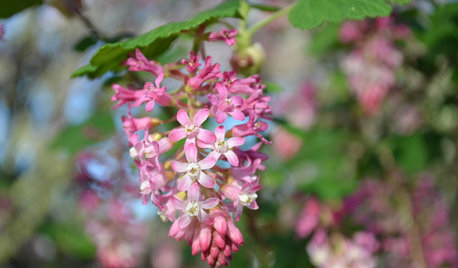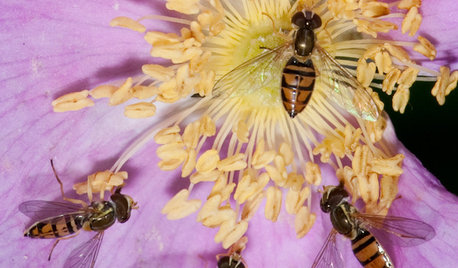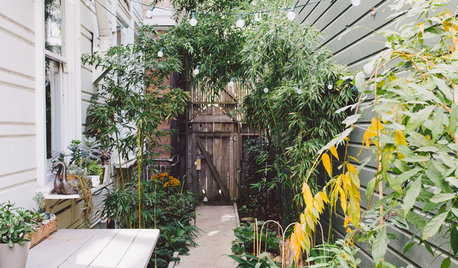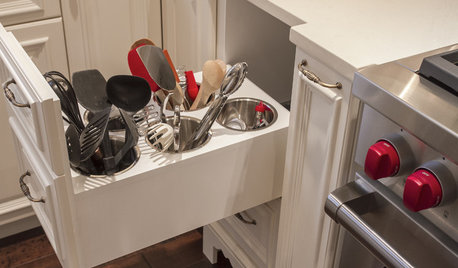Feeding foliar plants - most important nutrients?
joel_bc
10 years ago
Related Stories

GARDENING FOR BIRDSFeed the Birds: 6 Plants for Abundant Winter Berries
Be kind to your fair feathered friends during lean food times by planting a shrub or tree loaded with nutritious snacks
Full Story
GARDENING GUIDESGreat Design Plant: Feed Wildlife With Flowering Currant
Blossoms and berries make this plant irresistible to birds, bees and other critters — and a treat for the eyes too
Full Story
GARDENING GUIDES15 Native Flowers That Feed Native Bees
These perennials offer superfood to hundreds of bees and are gorgeous in their own right
Full Story
FARM YOUR YARDHow to Get Good Soil for Your Edible Garden
The nutrients in your soil feed the plants that feed you. Here are tips on getting it right — just in time for planting season
Full Story
FALL GARDENINGMake This Fall’s Garden the Best Ever
Learn the most important tip for preventing buyer’s remorse, plus get more valuable buying and planting advice
Full Story
GARDENING GUIDESThis Fly Is One of the Most Beneficial Insects Around
Meet the syrphid fly, a colorful pollinator that also beats chemicals for controlling aphids and other garden pests
Full Story
GARDENING AND LANDSCAPING10 Ways to Make the Most of Your Side Yard
Don’t overlook the possibilities for this often-forgotten space
Full Story
MOST POPULARThe 15 Most Popular Kitchen Storage Ideas on Houzz
Solve common kitchen dilemmas in style with custom and ready-made organizers, drawers, shelves and more
Full Story
GARDENING GUIDESHow to Find the Right Native Plants for Your Yard
Find plant maps, sale sites and guides that make going native in the garden easier than ever
Full Story
WINTER GARDENING10 Native Wildflowers to Beautify Your Winter Garden
They stand strong in wind, feed wildlife and are easy to grow. But you may want to add these plants for their looks alone
Full StoryMore Discussions









tapla (mid-Michigan, USDA z5b-6a)
joel_bcOriginal Author
Related Professionals
Ferndale Landscape Architects & Landscape Designers · Waterbury Landscape Contractors · Alpharetta Landscape Contractors · Chelmsford Landscape Contractors · East Lake-Orient Park Landscape Contractors · Fort Atkinson Landscape Contractors · Fort Myers Landscape Contractors · Fuquay-Varina Landscape Contractors · Kaysville Landscape Contractors · Live Oak Landscape Contractors · San Pedro Landscape Contractors · University City Landscape Contractors · Winter Gardens Landscape Contractors · Eastlake Landscape Contractors · Hagerstown Interior Designers & Decoratorstapla (mid-Michigan, USDA z5b-6a)